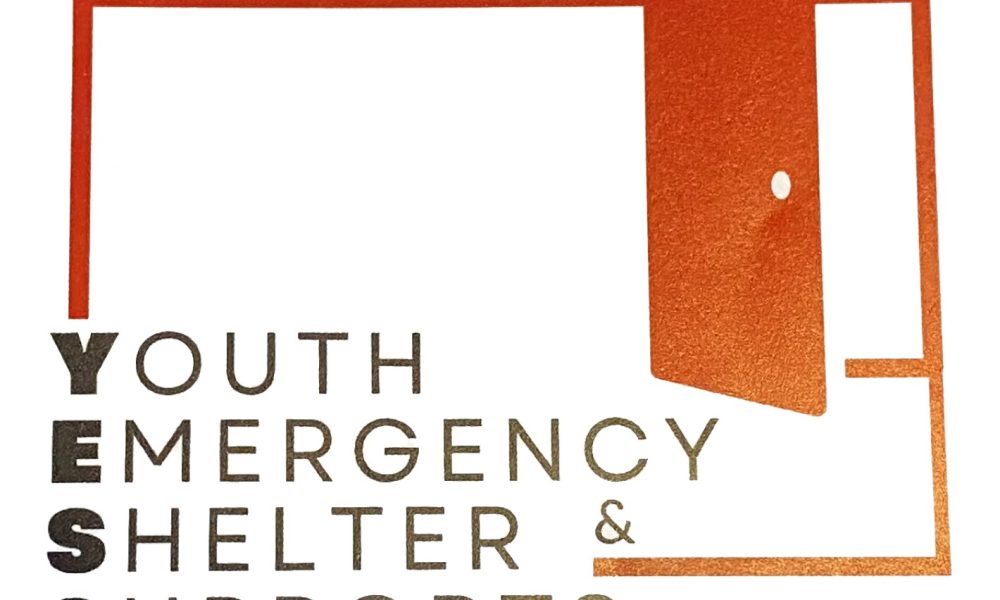Rec Sports
Youth shelters are a lifeline – Park Rapids Enterprise
Youth shelters are much more than a place to sleep for teens in crisis; they are a vital part of the safety net that helps vulnerable young people break cycles of instability, trauma and justice system involvement. As communities across the nation grapple with rising concerns about youth homelessness and juvenile delinquency, the benefits of […]

Youth shelters are much more than a place to sleep for teens in crisis; they are a vital part of the safety net that helps vulnerable young people break cycles of instability, trauma and justice system involvement.
As communities across the nation grapple with rising concerns about youth homelessness and juvenile delinquency, the benefits of youth shelters have become increasingly clear: They provide stability, healing and direction and play a critical role in reducing recidivism.
Every year, thousands of youth find themselves without a safe place to go. Some are fleeing abuse or neglect at home, while others are aging out of foster care or have been kicked out due to family conflict.
Many turn to couch surfing, sleeping on the streets or engaging in illegal activities just to survive. Without intervention, these youth are at higher risk for arrest, detention and ongoing involvement in the juvenile justice system.
Youth shelters offer a lifeline. They provide a safe, stable environment where young people can access basic needs like food, clothing and shelter, but also wraparound services that address the underlying issues that brought them there. These services often include mental health counseling, substance abuse treatment, academic support, job training and family reunification programs.
One of the key benefits of youth shelters is their focus on trauma-informed care. Many youth who end up in the juvenile justice system have experienced significant trauma, whether through abuse, neglect or chronic instability. Youth shelters provide a structured, supportive setting where young people can begin to process their experiences and develop healthier ways of coping.
This supportive environment plays a powerful role in reducing recidivism. According to research from the Coalition for Juvenile Justice, youth who are diverted to community-based programs, like shelters, are significantly less likely to reoffend compared to those who are placed in detention centers. This is because shelters focus on rehabilitation rather than punishment, addressing the root causes of delinquent behavior and giving youth the tools they need to succeed.
Programs that combine shelter with consistent mentorship and skill-building help youth set goals, build confidence and make positive choices. Case managers and counselors work with young people to create individualized plans that support long-term stability – whether through re-engagement with school, job placement or connecting them with permanent housing.
Youth shelters also collaborate with local courts and law enforcement to serve as an alternative to detention for non-violent offenders.
These diversion programs emphasize accountability and growth, giving youth a second chance while relieving pressure on overcrowded juvenile justice systems.
Perhaps most importantly, youth shelters send a clear message to young people: you matter and your future isn’t defined by your past.
By providing safety, structure and support, they help youth rewrite their stories and build lives of purpose and promise.
In the effort to reduce youth recidivism and support long-term success, investing in youth shelters isn’t just compassionate, it’s effective. These shelters are not just temporary stops; they are launching pads for hope, healing and lasting change.
More information about Youth Emergency Shelter & Supports can be found at www.yesshubbard.org, @YESSHubbard on Facebook or by emailing youthmatterinhubbardcounty@gmail.com.